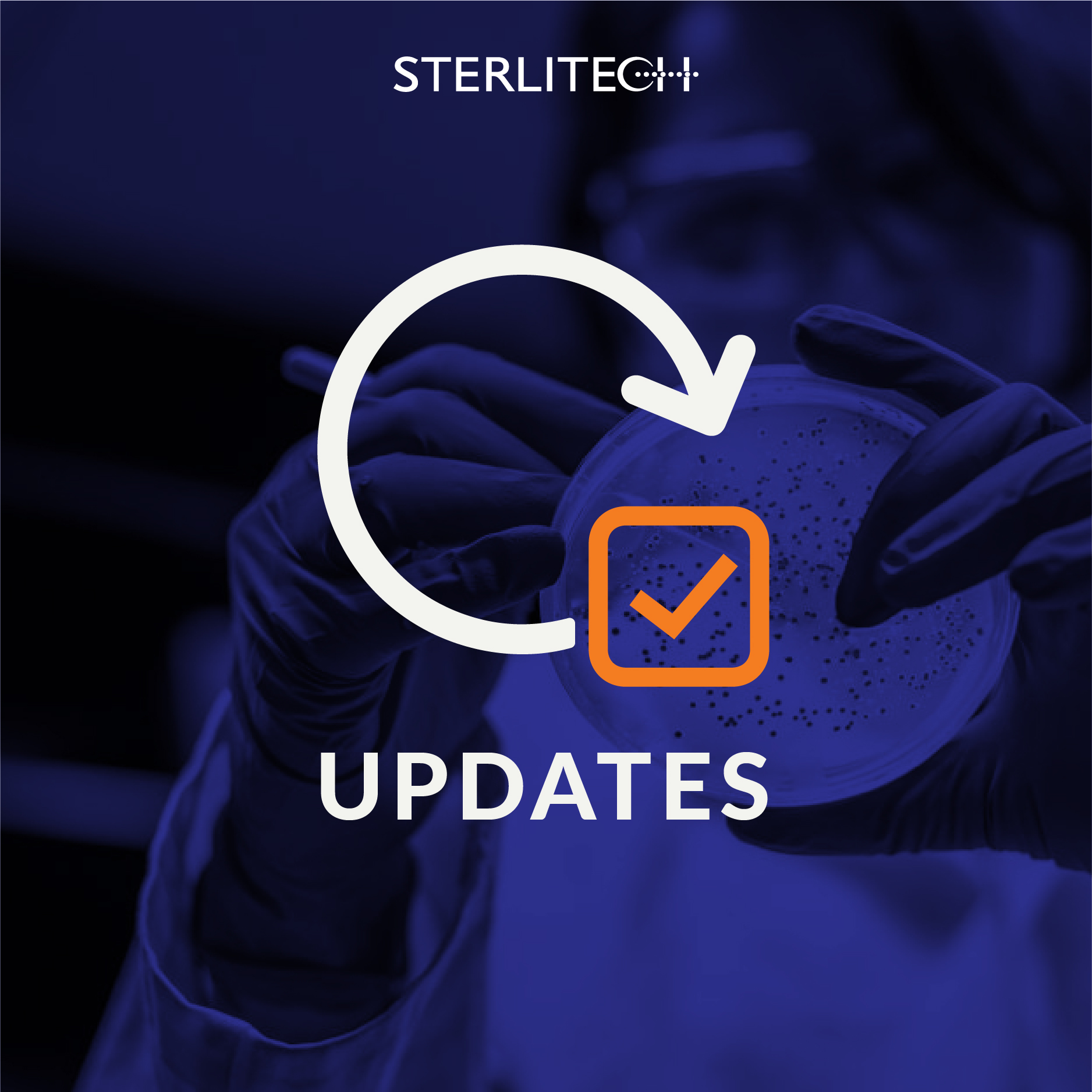
The Toxicity Characteristic Leaching Procedure as described in EPA Method 1311 is designed to determine the mobility of organic and inorganic analytes present in different forms of waste. This procedure involves extracting and filtering waste samples using specific types of glass fiber filters and extraction vessels. When following this procedure, there are two kinds of vessel that can be used to extract samples for analysis, the bottle extraction vessel and the zero-headspace extraction vessel. Which type of vessel you use depends on the volatility of the analyte being sampled. Nonvolatile analytes can be tested using a bottle extraction vessel, while the zero-headspace extraction vessel must be used when testing for the mobility of volatile analytes. Examples of volatile analytes include: acetone, benzene, methanol, toluene, and vinyl chloride. The EPA Method specifies that the filter for both liquid and solid waste (the latter is filtered after solid phase extraction) be a 0.6 to 0.8 micron glass fiber filter. The TCLP grade filters, which are designed precisely to meet the requirements of EPA Method 1311, feature a 0.7 micron pore size and have been acid treated and rinsed with deionized water at multiple stages to handle volatile analytes. When using these filters in conjunction with a zero-headspace extraction vessel, the EPA Method dictates that the TCLP filter should have a diameter between 90 mm and 110 mm (TCLP-2 and TCLP-3 meet this specification). For more information on the Toxicity Characteristic Leaching Procedure, consult the complete text of EPA Method 1311 here.


![Join Sterlitech at BIO 2024 [Booth #5558]: Exploring the Future of Biotechnology](https://www.sterlitech.com/media/magefan_blog/b4.jpeg)

